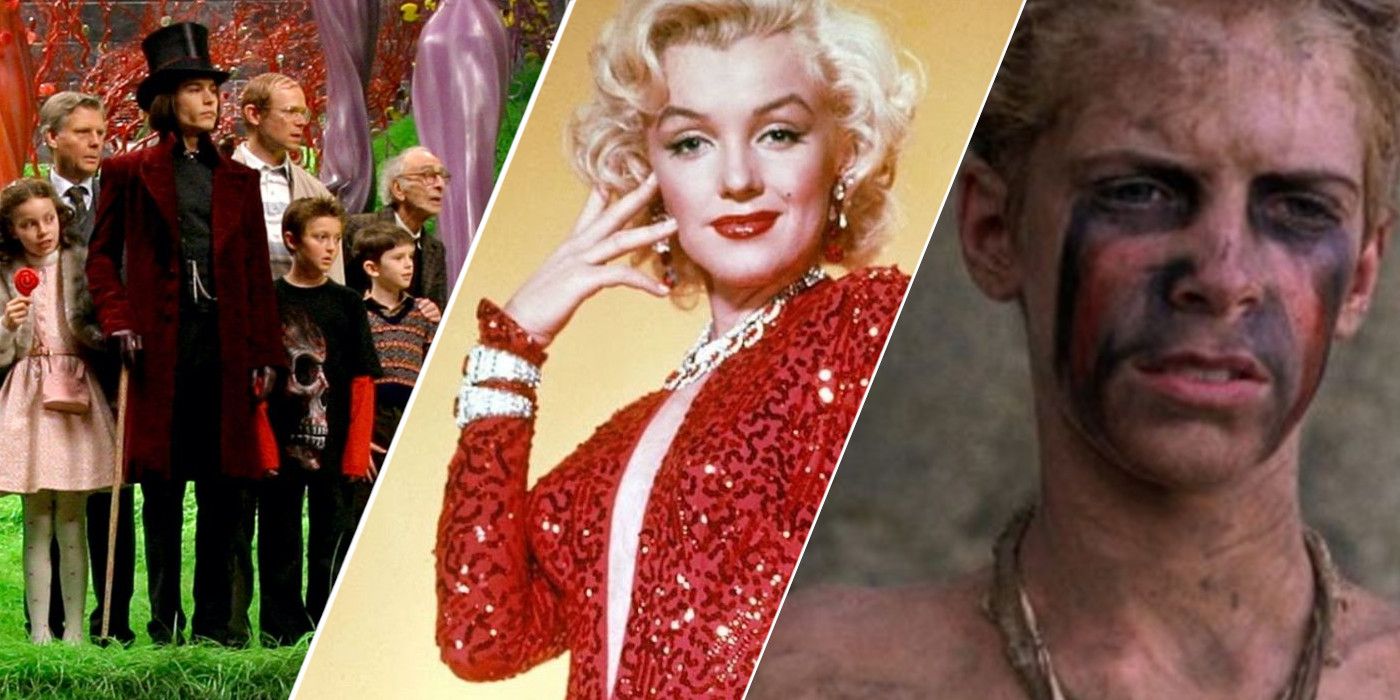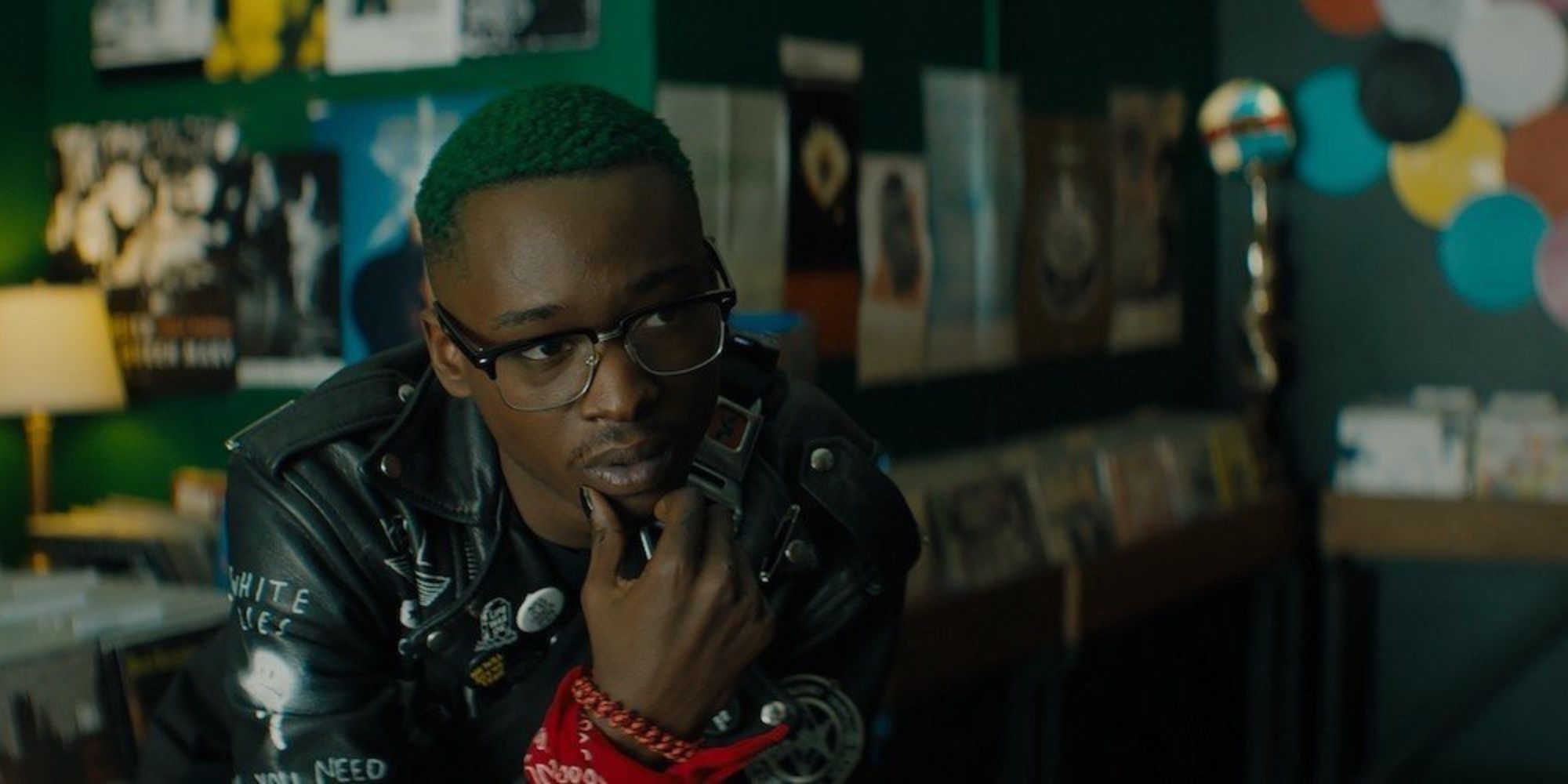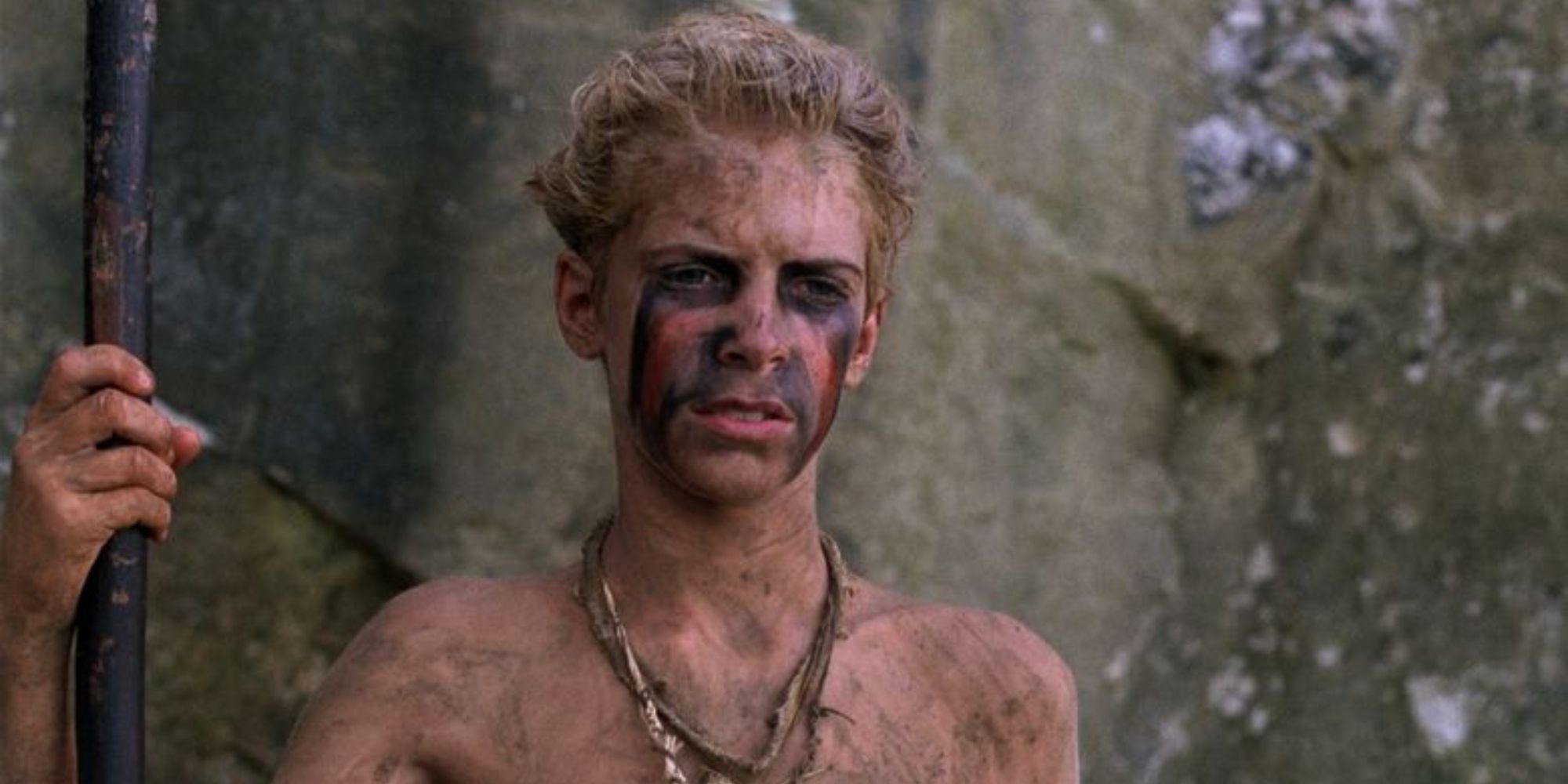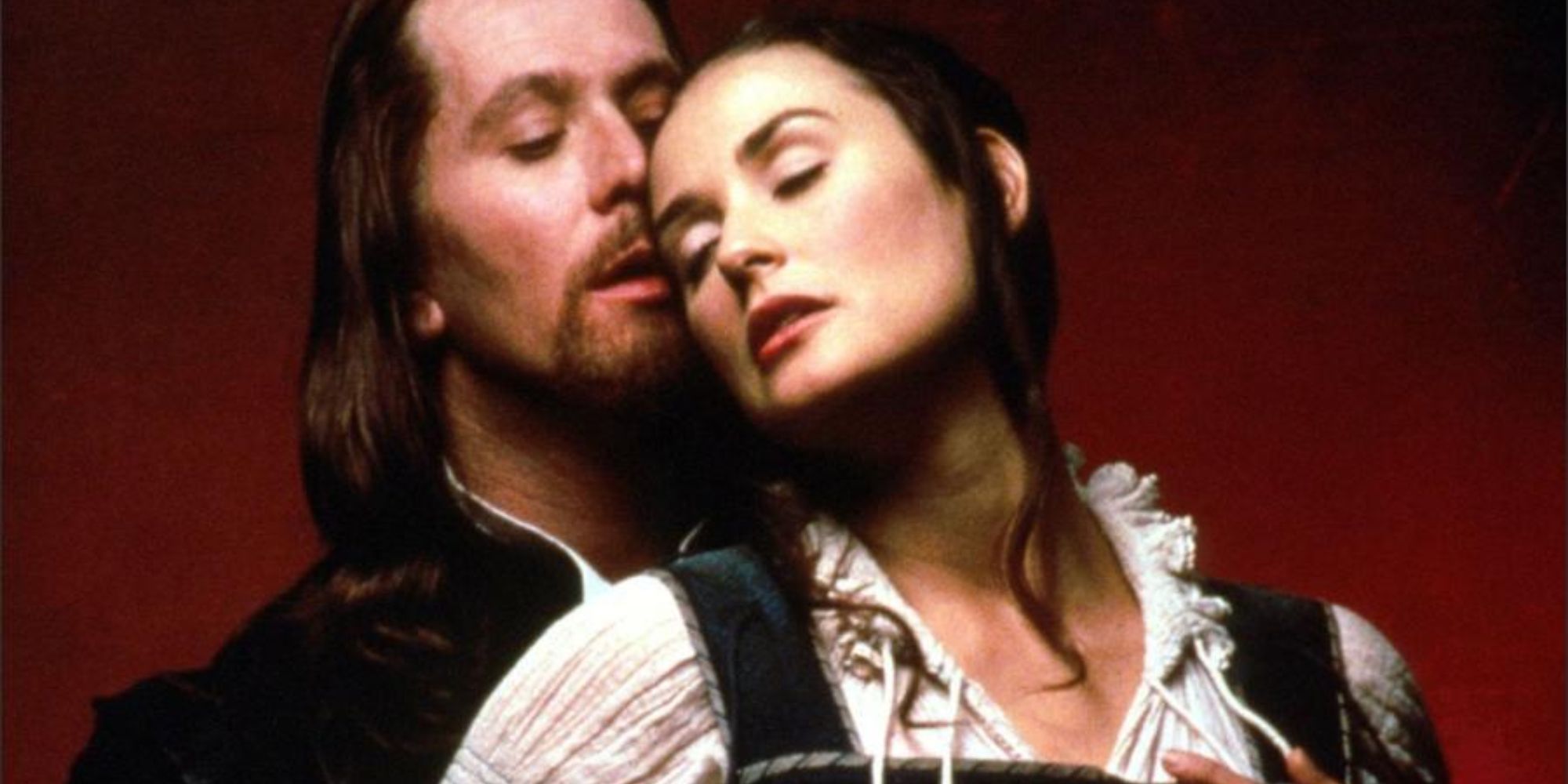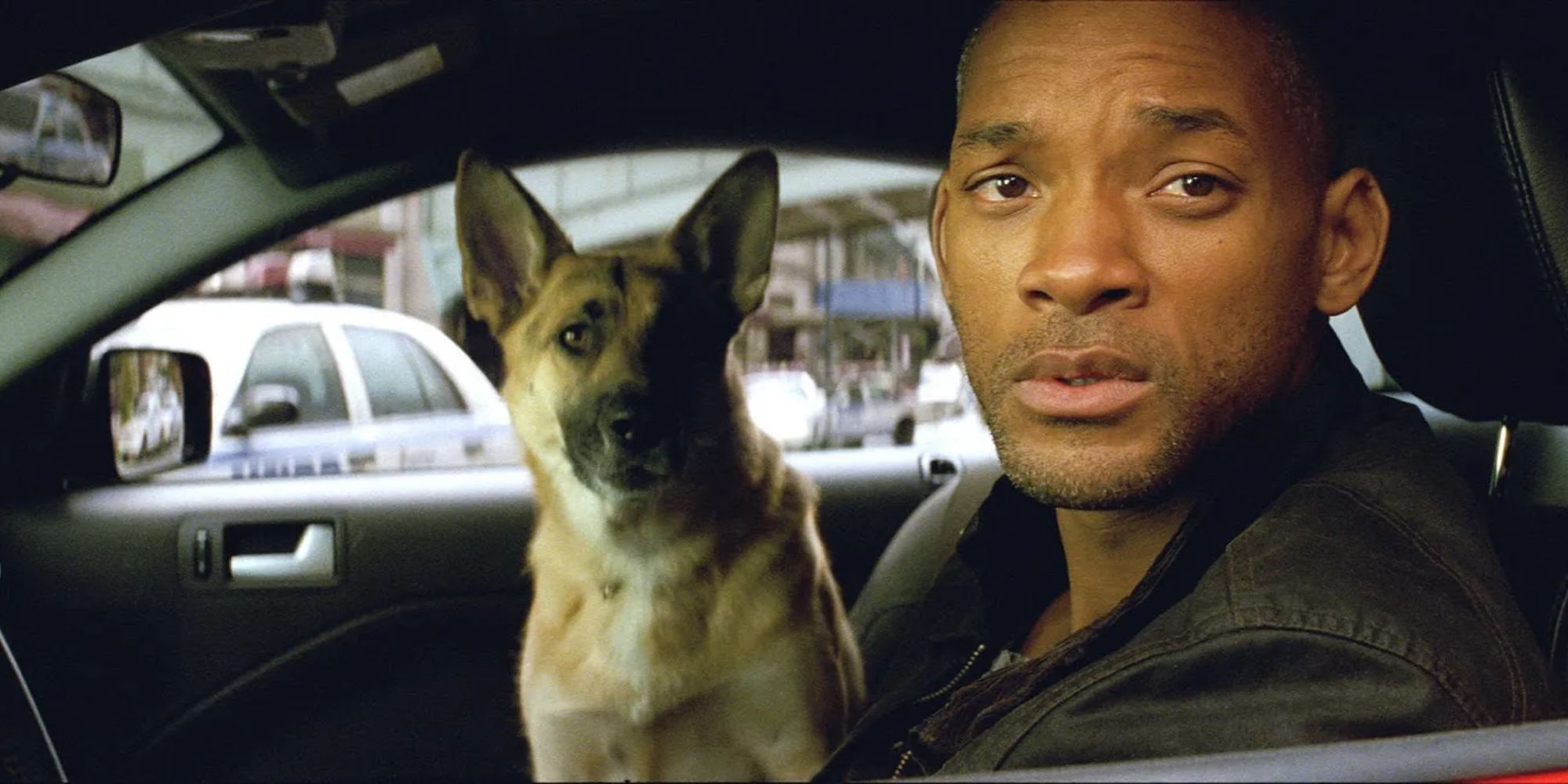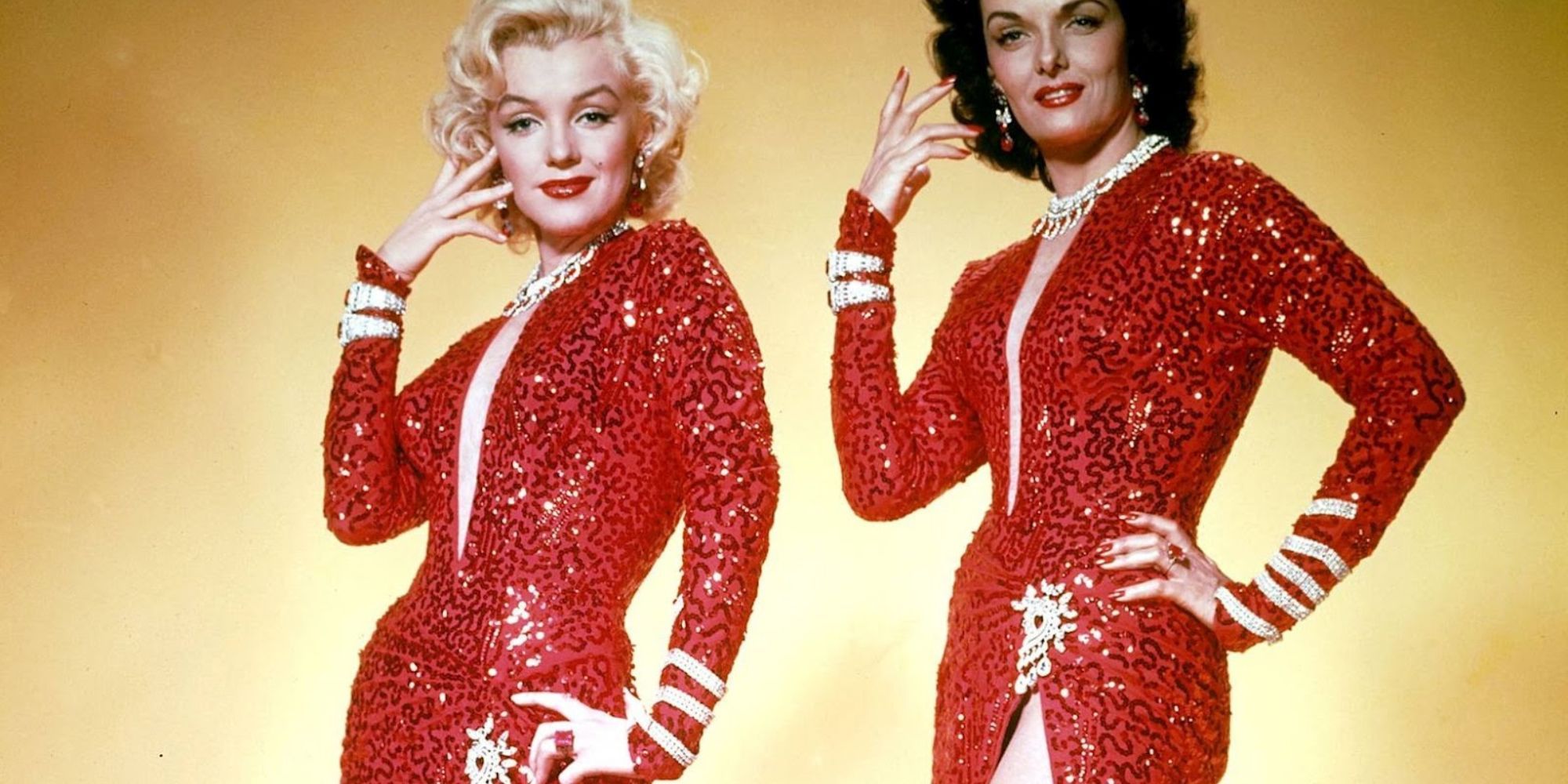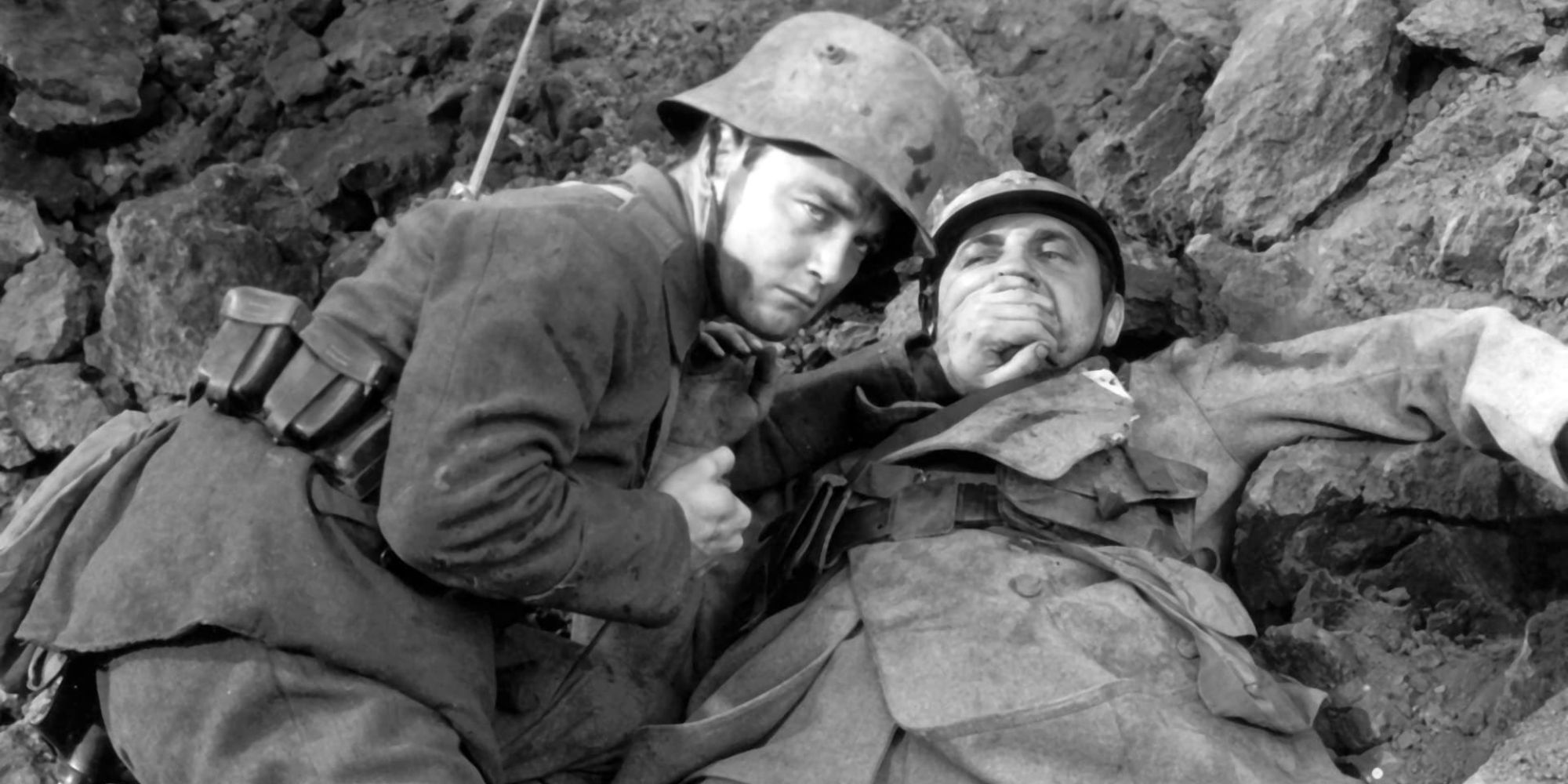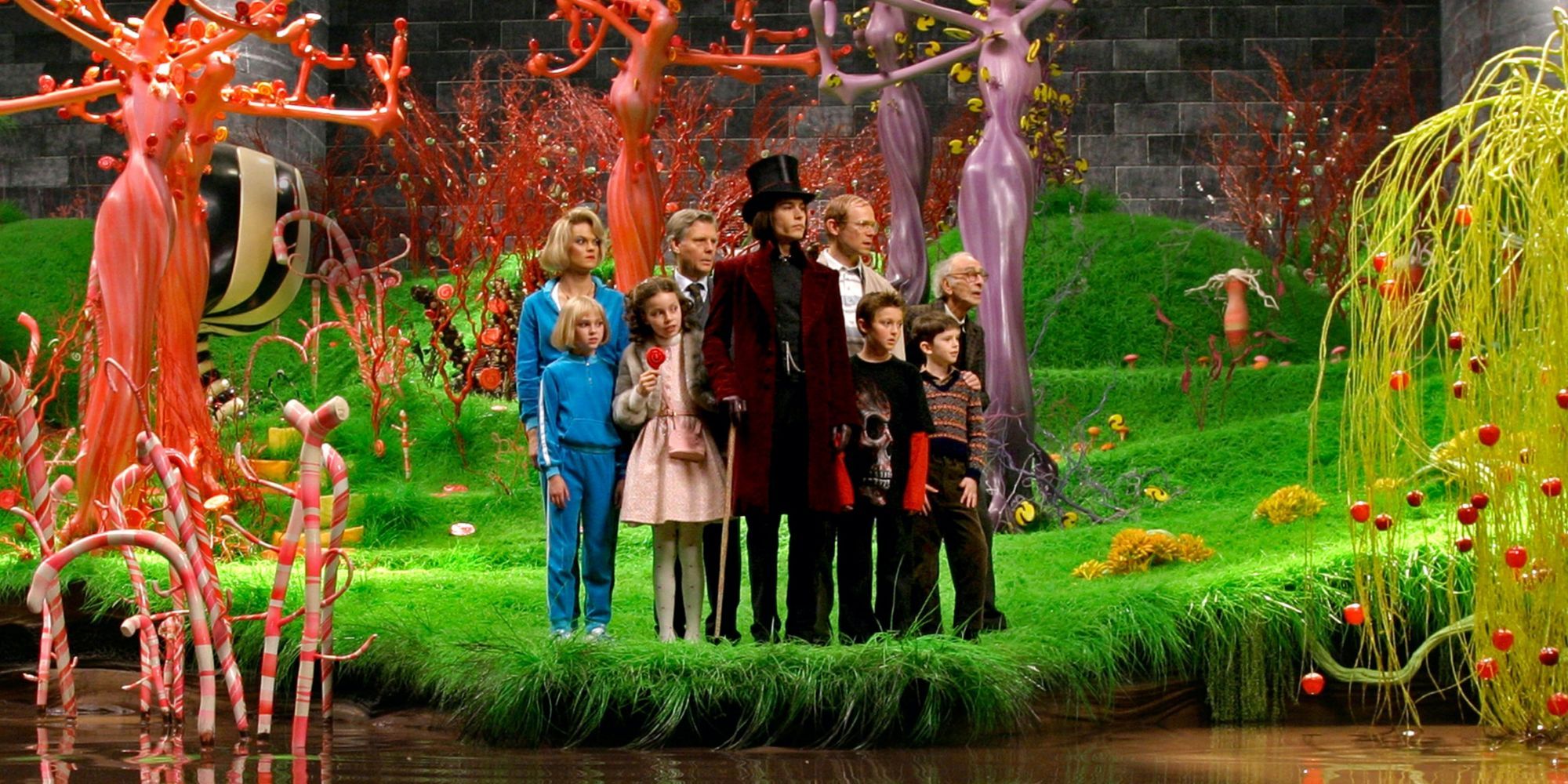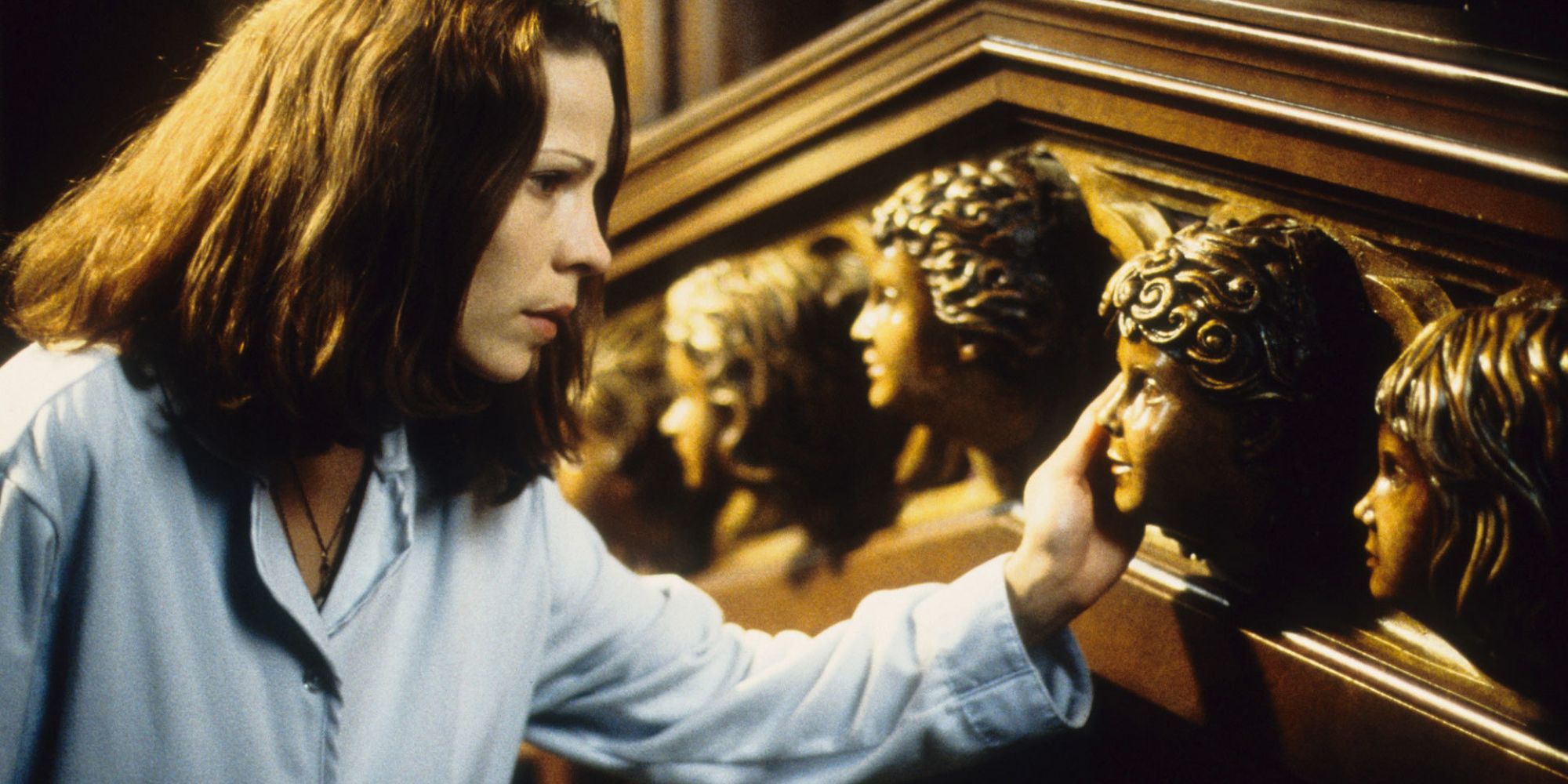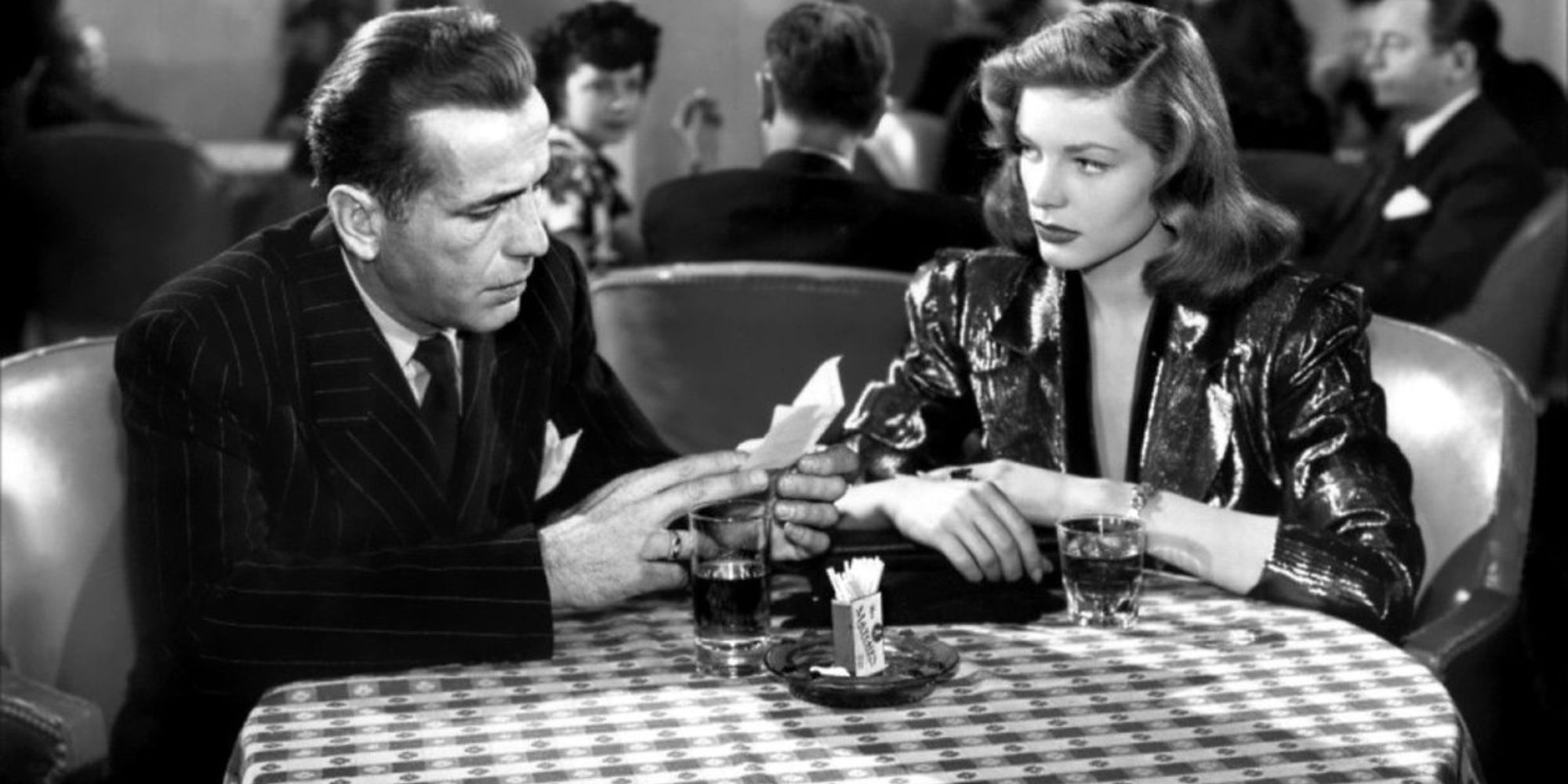Hollywood has adapted hundreds of books for the big screen, and every so often they absolutely nail it. The danger with adapting written works is that it's important to fully grasp the original author's intent, and to show that in the film.
Sadly, not every film executes this successfully. That doesn't always mean the movie is good or bad, just that it doesn't quite pack the same punch that the novel does.
Warning: Spoilers for the following books and movies ahead
'Native Son' (2019)
HBO's Native Son is a more modern take on Richard Wright's 1940 novel about life as a young Black man in Chicago. The final third of the novel is Bigger's (Ashton Sanders) murder trial, and is arguably the most important part, because this is where the entire point is discussed. The point is that Bigger is constantly labelled as a murderer and a criminal by society. And it's only a matter of time before those unfounded accusations come true, even if the murder was a complete accident. So, in essence, Bigger is a product of what society has made him.
The main problem with the movie is that they omitted the entire courtroom scene, so the main idea of the novel isn't even there. The movie tries to make a different point instead, which is fine, but it certainly isn't faithful to the original.
'Lord of the Flies' (1990)
The 1963 film of William Golding's novel Lord of the Flies stays nice and true to the original work. The 90s remake however, not so much. In the novel and the 1963 film, it is made apparent that humanity has entered a Third World War, and that the preteens who become marooned on the island are refugees on a plane that is shot down.
The 90s remake doesn't make it explicitly clear what caused the plane crash, even though it really should. In the book, there is a grim irony in the fact that even though the kids are refugees from a war, they end up starting a war amongst themselves anyway. It gives a cynical outlook on human nature. But since the 90s film doesn't mention a war going on in the world, this message is lost.
'The Scarlet Letter' (1995)
Based on an 1850 novel by Nathaniel Hawthorne, the story concerns a Puritan woman named Hester (Demi Moore) who is marked with a red letter "A," which symbolizes that she is an adulterer. But this status is debatable as her husband had been presumed dead, and the child belongs to someone she began seeing after the fact.
The theme of the novel is social stigma and shame, especially around sex. Puritan culture was highly reserved and strict, so it's a real wonder the movie decided to overly-sexualize many of the characters and scenes. This means that the stigma surrounding sex just doesn't make sense in the film, and thus, the main idea of the novel is lost. The film also focused on a romantic plotline when the novel was more of a tragic drama.
'Frankenstein' (2015)
The character of the monster in Mary Shelley's novel Frankenstein is someone who is aware that his unnatural existence means he will always be seen as a monster, and will never fit in with ordinary society. Due to the way he was created, the monster knows that he will never be accepted as human, despite possessing human features.
The 2015 movie tried to humanize the monster in a physical sense, by giving him a human name: Adam (Xavier Samuel). It also made him more human-looking, and made his behaviours more fluid and less like that of a zombie. The point of the novel is that the monster is human in an emotional sense, but he is too physically grotesque to be perceived as human, which is why Shelley never gave him a real name. These changes sort of destroy the whole "the monster is a victim" narrative of the original.
'I Am Legend' (2007)
I Am Legend falls pretty far from its written predecessor, and not in a good way. The novel by Richard Matheson utilizes a vampire apocalypse rather than a zombie apocalypse, in which Dr. Robert Neville (Will Smith) is the sole survivor. Though he makes valiant efforts to keep humanity alive, he eventually succumbs to the realization that humans are being replaced by a far more advanced species.
The movie is nothing more than a zombie-action flick, in which Dr. Neville is not the sole survivor, and where humanity is not replaced. The movie doesn't even include a hint of the novel's subnarrative, which states that humanity is not invincible, we just sometimes think we are. And that in time, we may be replaced by something greater.
'Gentlemen Prefer Blondes' (1953)
This musical/comedy based on the work by Anita Loos is a classic 50s movie which isn't really talked about enough today. The movie stars Marilyn Monroe as the protagonist, Lorelei, as she and her best friend go on a cruise to Europe. The movie is fun and comical, and Lorelei is ditzy, but entertaining. Though, in the book, Lorelei is much different.
The novel is written as Lorelei's diary, and includes intentionally repetitive phrases and spelling errors, to give the impression that Lorelei is not as smart as she thinks she is. Yet, Lorelei reveals at the end that she once killed a man, and got away with it. This establishes Lorelei as an unreliable narrator, and perhaps even an evil genius. Since she is blonde, young, and beautiful, she can make the men in her life believe pretty much anything if she pretends to be dumb. This macabre backstory is missing from the film, ruining the main idea.
'All Quiet on the Western Front' (1930)
This World War I epic is based on a novel by Erich Maria Remarque, who was inspired to write the book from his own experience serving in "the war to end all wars." The book has three main points hidden between the lines: first of all, that many deaths in war are just another statistic. Secondly, that showing humanity on the battlefield can get you killed. Lastly, that the protagonist, Paul (Lew Ayres) is almost glad when he finally meets his end. Paul's face is described as having been peaceful, as if he were sleeping soundly with the relief that the end to the war had finally come... or at least, for him.
The 1930 movie got the first two points right. But the film neglects to shows Paul's face as he dies, which softens the whole "war is hell" narrative a bit. Luckily, Netflix's 2022 adaptation of All Quiet on the Western Front successfully nails all three of these points.
'Charlie and the Chocolate Factory' (2005)
The original Charlie and the Chocolate Factory novel by Roald Dahl is more similar to the 1971 adaptation, in which Willy Wonka (Gene Wilder) is untrustworthy, unpredictable, and possibly ill-intentioned. Tim Burton's adaptation, however, sees Wonka (Johnny Depp) as more of a tragic character with a troubled past.
Since Burton's Wonka is more of a deeply tormented individual, he no longer possesses his anger, and is made less mysterious. He is not necessarily evil, just disturbed. This erases one of the main ideas of the original novel, which is that even though Wonka appeals to children, he is much more sinister behind the scenes, something that is sometimes true for real-life products and brands.
'The Haunting' (1999)
This dumpster fire of a horror movie is based on The Haunting of Hill House by Shirley Jackson. In the original novel, the titular Hill House is an allegory for patriarchal society. This is because of its violent history, especially against women, and the tendency of the ghosts to possess women. In other words, the house traps women and forces them to do its bidding.
But this adaptation of the novel didn't exactly touch upon that, and replaced the women who previously owned the house with children. It's unclear what the movie is trying to say by making this change, but it certainly isn't the same thing as the book.
'The Big Sleep' (1946)
The Big Sleep stars Humphrey Bogart in one of his many detective roles as Phillip Marlowe. In the film, Marlowe is charming and a real hit with the ladies. In the book, not so much. In fact, Marlowe is kind of a callous jerk. He trusts no one and hates everyone. It's an important asset to have in his field, because it allows him to see that the culprit is his client's daughter, Vivian, (Lauren Bacall) before she can pull the wool over his eyes. Marlowe's personality stresses the importance of not mixing business with pleasure.
But in the film, Vivian is not the culprit, and falls in love with Marlowe. The reason for this change is because Bogart and Bacall were something of a Hollywood power duo at the time. They starred in multiple films together, where their characters almost always fell in love. Filmmakers knew that if they used this formula, they would sell more tickets.

